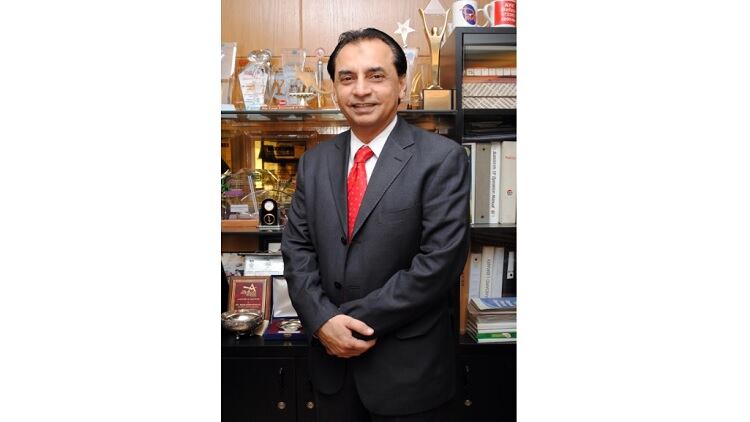Pakistan’s food exports surged 21.7% from July last year to February this year, reaching US$2.84 billion, according to the country’s bureau of statistics.
The GCC region is one of the major buyers of Pakistani food products.
In an interview with FoodNavigator-Asia, Rafiq Rangoonwala, president of Pakistan Food Association (PFA) revealed that frozen food, rice, flatbread, and spices were some of the key products exported to the GCC.
This was because these products offered similar taste profiles to Middle Eastern cuisine, Rangoonwala explained.
“For example, our naan and chapatti have similar taste and texture to Khobz, which is a kind of bread popular with the Arabs.
“The entire GCC region is our target market, the Arabs like ethnic Indian Pakistani food…Some of the Pakistani brands such as Mehran Foods and K&N are already big names in the GCC.”
Increased cost of production in the UAE has also fuelled the demand for Pakistani food.
Besides the GCC region, the US, the UK, Canada, and Australia are the other main importing countries of Pakistani food.
Spices, tea leaves, rice, frozen food, and wheat flat bread such as paratha are some of the key exports.
“Rice is something that everyone eats, so there is no ethnic, cultural issue. As for spices and parathas, they are mostly popular with the Pakistani-Indian community.
“However, paratha is also becoming popular in places like Hong Kong.”
Rangoonwala is a conference speaker for Gulfood Manufacturing Foodtech Summit which will be held in Dubai next month. He will provide further insights about the Pakistan F&B industry during the conference.
Ready-to-eat food in demand
The ready-to-eat food market is growing in Pakistan due to growing affluence and higher demand from the younger generation.
“Especially in the urban areas, the younger generation want ready-to-eat food and food delivery is popular as well,” Rangoonwala said.
“There are many new entrants in the market in the last four years. The new competition did not take away the market share from old players. This shows that the pie is expanding.”
An average urban Pakistani family spent around US$112 monthly on food, of which, ready to eat food comprised nearly 5%, local media Dawn reported, citing results from the household integrated survey for 2015-16. The survey was conducted by Pakistan Bureau of Statistics.
While home cooked food was cheaper than convenient food, the increase in per capita income has encouraged the purchase of frozen food, Rangoonwala added.
Indeed, the average monthly income of urban households in Pakistan had risen from US$292 to US$340, according to results from the same survey.
F&B innovation
The local research and development was not as robust as other countries and the PFA was trying to drive food innovation by partnering with education institutes, Rangoonwala said.
“Unfortunately, R&D is not a high priority of most food and beverage businesses in Pakistan.
“Most are dependent on what they are already doing and research is hardly supported by the food and beverage businesses.”
One way to promote R&D is to organise field visits for students.
“This will give students a chance to integrate into the real business world. The curriculum in local universities is quite outdated. Providing field visits such as going to PepsiCo to see how bottling takes place allows students to get a first-hand experience and do their own research,” he added, urging the industry to focus on R&D at the same time.




